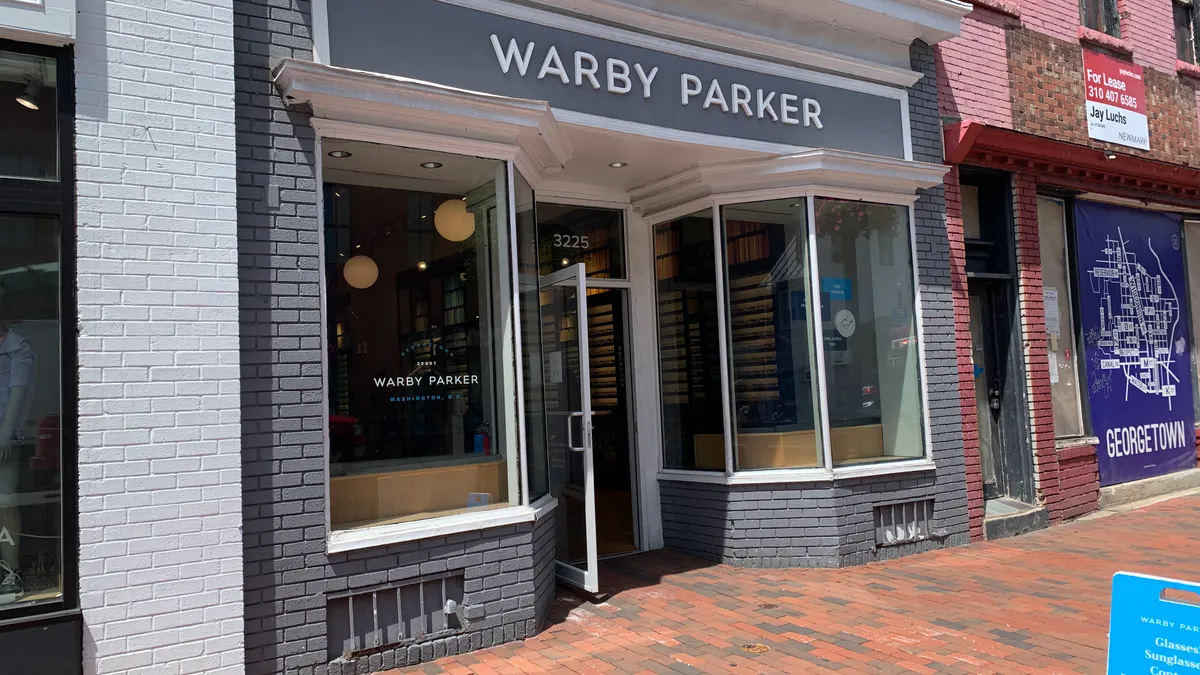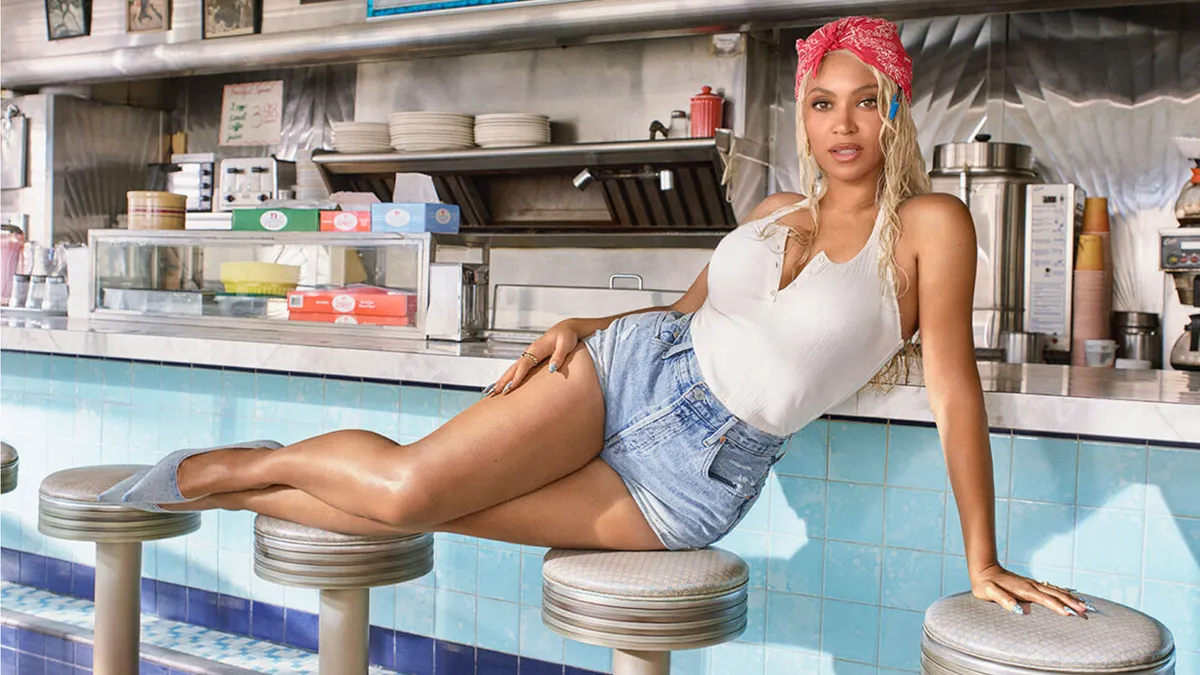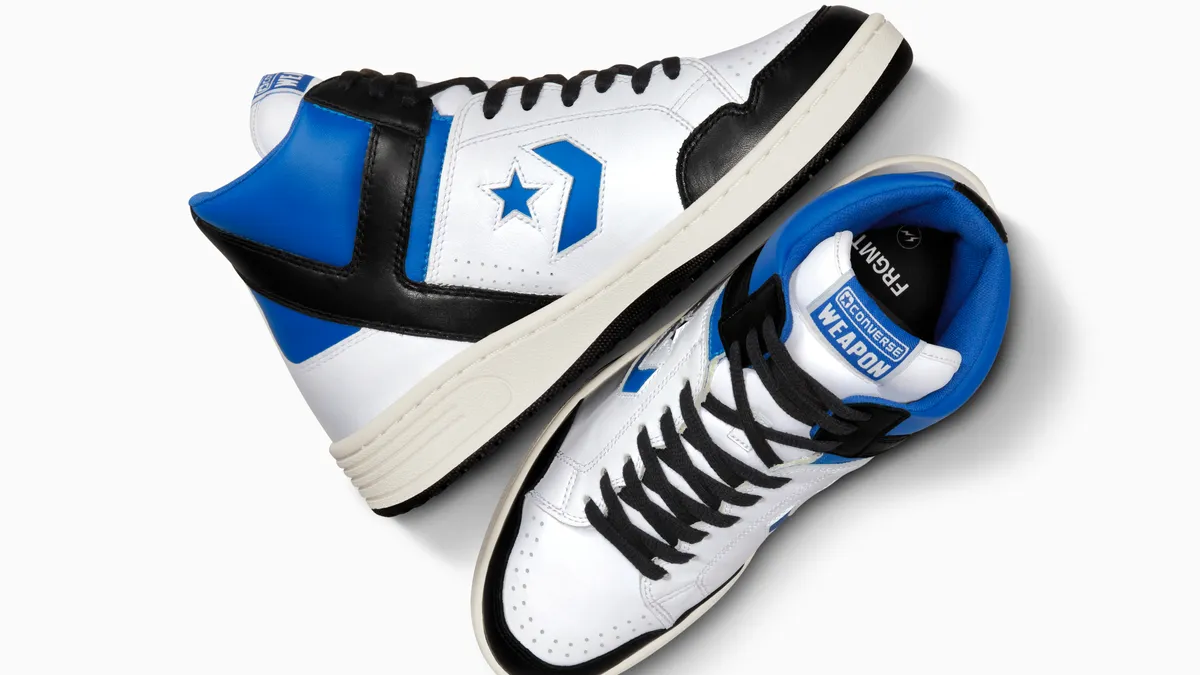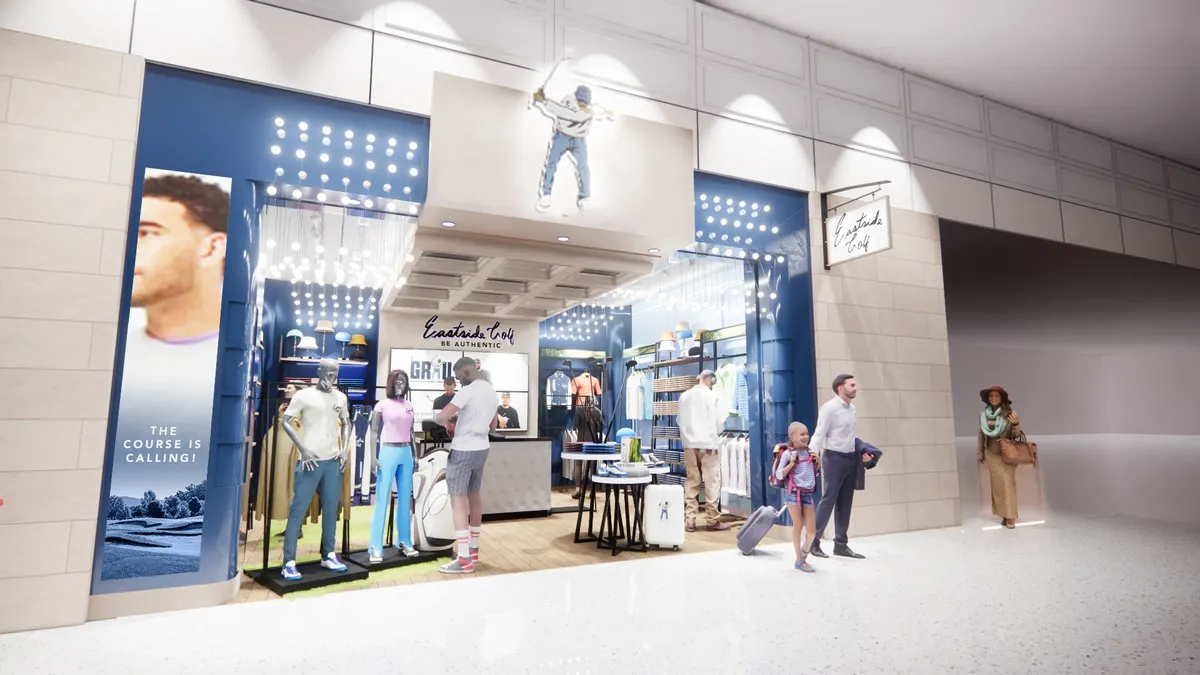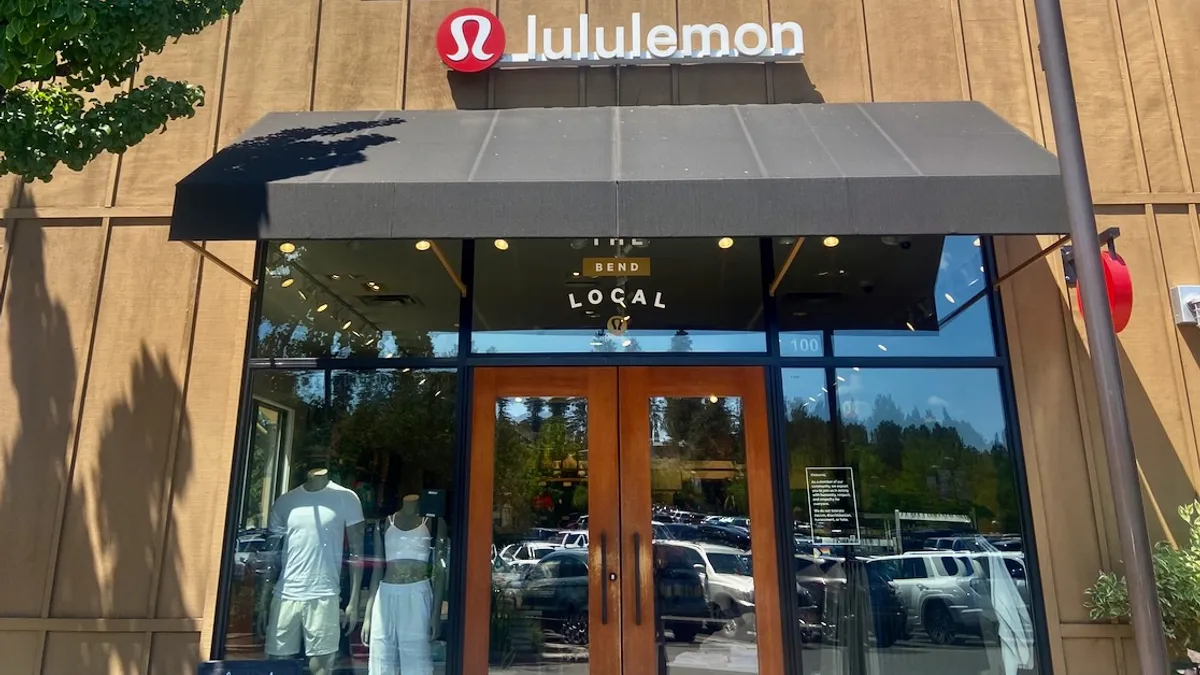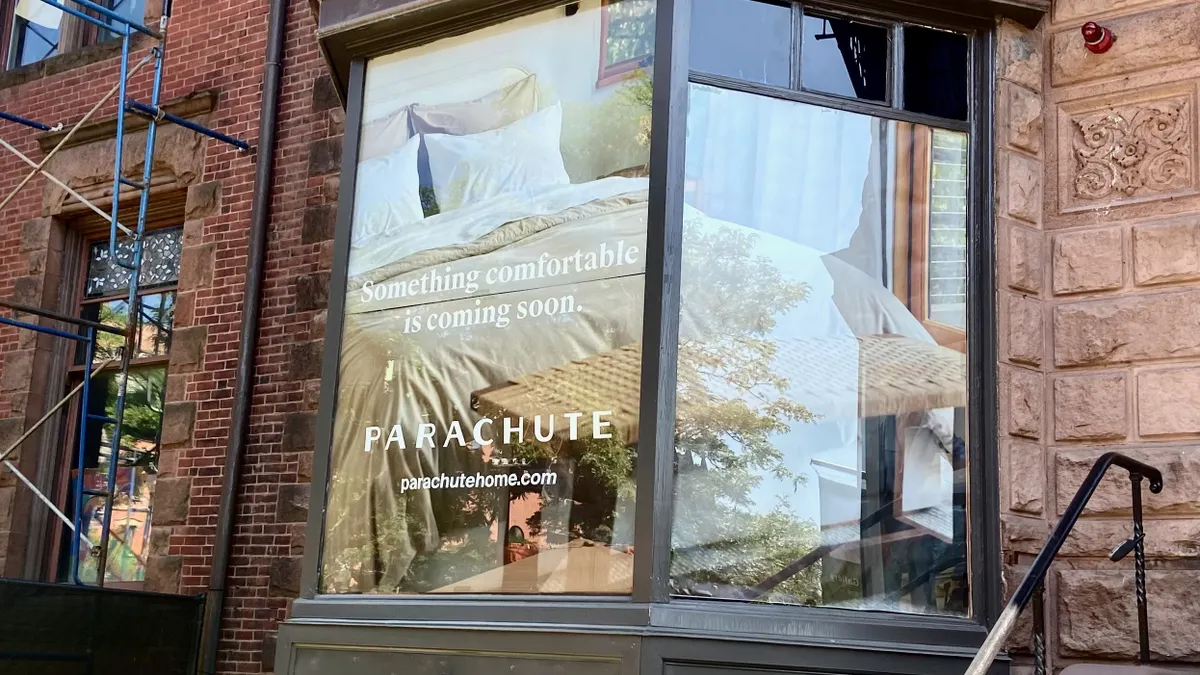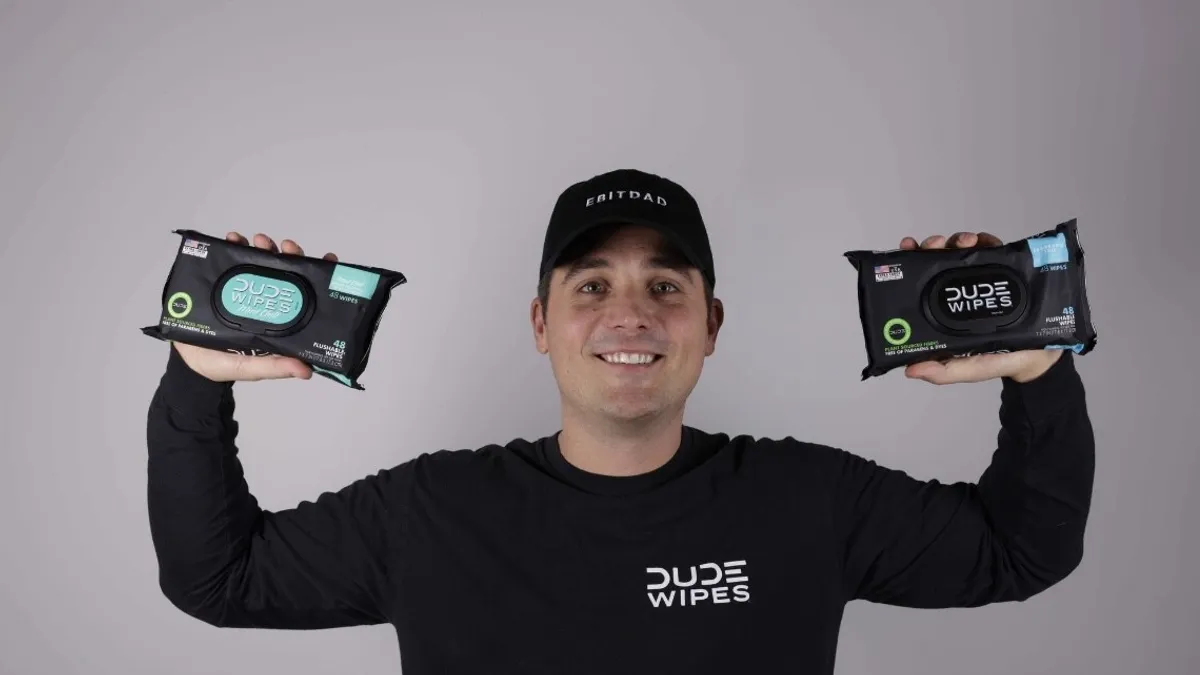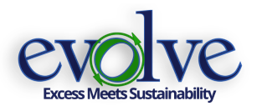The DTC space has been colored lately by a slew of layoffs at top players, with Glossier, Allbirds and Warby Parker all letting go of employees within weeks of each other. They’re not alone: Other retail darlings like Shopify and Klarna, and even mass merchant Walmart, have made cuts to their workforce in recent months amid decelerating e-commerce trends and record inflation.
Earnings across the board in retail have been depressed, with major companies slashing their guidance as consumers avoid spending on discretionary categories. Last week was an especially big reporting week in the DTC space and some fared better than others. Below we break down the results from major players including Purple, Bark, Warby Parker, Allbirds, Canada Goose and more.
Allbirds
Key numbers from Allbirds' quarter
| Metric | Amount | Year-over-year change |
|---|---|---|
| Net sales | $78.2 million | +15% |
| Net loss | $29.4 million | +287% |
| Operating loss | $29 million | +604% |
Source: Allbirds press release
Allbirds earnings came shortly after the brand laid off 8% of its global corporate workforce and carried much the same tone. The company’s second quarter net loss was up by 287% and its total loss for the first half of the year (over $51 million) has already exceeded its loss for the entirety of 2021.
That said, revenue was still up by 15% and sales from stores grew by nearly 120%. Allbirds also announced it was changing its approach to apparel, and would sunset its leggings category to focus instead on basics and other seasonless clothing.
“[W]ith external conditions becoming less favorable Allbirds needs to look at how it can shift its business model to maximize sales and minimize costs,” GlobalData Managing Director Neil Saunders wrote in emailed comments. “Some layoffs have already been made, but we suspect more action is needed on the sales front to both keep investors satisfied and the bottom line from plunging any further into the red.”
Olaplex
Key numbers from Olaplex's quarter
| Metric | Amount | Year-over-year change |
|---|---|---|
| Net sales | $211 million | +39% |
| Net income | $88 million | +78% |
| Operating income | $120 million | +57% |
Source: Olaplex press release
Unlike many others in the retail industry, there were no cuts to guidance at Olaplex this earnings period. The retailer reaffirmed its outlook on the back of 38.6% revenue growth.
“This reflects the successful execution of our strategy as we disrupt the prestige haircare market with science-based, patent-protected products that are designed to fix real hair problems from first use,” CEO JuE Wong said in a statement. “We continue to see strength in prestige beauty and the prestige hair care category as we believe consumers are prioritizing their own wellbeing – even during uncertain times.”
DTC revenue rose 19.3% and its “specialty retail” channel was up by nearly 70%. Olaplex’s wholesale operations have been a boon for the retailer in the past.
Unlike many of its peers, Olaplex has strong net income, and posted close to 80% growth in that metric for Q2. For the first six months of the year, net income is up 57.7%.
Last quarter, Chief Financial Officer Eric Tiziani pointed to Olaplex’s profitability as a differentiator, adding that the company has “high cash generation and we're in a consumer replenishable category with strong growth tailwinds in 2022 and beyond.”
Purple
Key numbers from Purple's quarter
| Metric | Amount | Year-over-year change |
|---|---|---|
| Net sales | $144 million | -21% |
| Net loss | $8.3 million | -$10.9 million |
| Operating loss | $12 million | +376% |
Source: Purple press release
Mattress brand Purple joined the ranks of struggling home retailers in Q2 with a 21% revenue decline that the company attributed to inflation, less demand for home products and the end of positive influences like stimulus payments that helped buoy last year’s sales. The company also cut its advertising spend by 56% year over year.
"While the continued shift in demand away from home related categories and the impact of inflation on consumer discretionary spending is delaying our top-line recovery, we remain confident that our four strategic initiatives – operational excellence, brand elevation, channel development and accelerating innovation – are the right building blocks for delivering long-term profitable growth,” CEO Rob DeMartini said in a statement.
Sales declines were steeper in the DTC business, where revenue decreased almost 30%. Wholesale revenue was also down, but by a more palatable 5.9%. The company is expanding that channel and it now makes up 43% of sales. The declines in DTC were attributed to the advertising pullback, which sent e-commerce sales down 39%.
DeMartini highlighted improvements in profitability, saying on a call with analysts that the company was “healthier” than the start of the year, and stressed that the brand’s issues were largely shared by the entire industry.
“We’ve seen estimates that domestic mattress volumes are down 20% to 25% year-to-date,” DeMartini said. “Purple has experienced a similar pullback over the first six months of the year, in addition to a shift in spending habits from online, a position of strength for Purple, to in-store where we are still in early stages of developing our capabilities.”
Warby Parker
Key numbers from Warby Parker's quarter
| Metric | Amount | Year-over-year change |
|---|---|---|
| Net sales | $150 million | +14% |
| Net loss | $32.2 million | +212% |
| Operating loss | $32.1 million | +264% |
Source: Warby Parker press release
Warby Parker slashed its guidance after net loss ballooned to $32.2 million in Q2. But it wasn’t all bad news for the eyewear maker: Net revenue rose 13.7%, to $149.6 million, and gross profit dollars rose 10.6% to $86.3 million. The company is focused on expanding its store footprint and still expects to open 40 stores by the end of the year.
“We continue to believe that it makes sense to open up stores and that it’s a good use of capital,” co-founder and co-CEO Neil Blumenthal told analysts.
The recent layoffs at the company are not an encouraging sign, however. And the retailer’s contacts business, though growing significantly, comes with lower margins.
“[I]t desperately needs to stabilize the bottom line and ensure that expansion and growth is focused very strongly on areas that deliver good returns,” GlobalData Managing Director Neil Saunders said in emailed comments. “This will be far less easy in a more constrained consumer economy that is not as conducive to its business model.”
Bark
Key numbers from Bark's quarter
| Metric | Amount | Year-over-year change |
|---|---|---|
| Net sales | $131 million | +12% |
| Net loss | $15.4 million | -38% |
| Operating loss | $20 million | +20% |
Source: Bark press release
All in all, the quarter was kind to Bark, which saw revenue up 12%, average order value up 6%, and also notched increases in subscription shipments and active subscriptions. The company expanded its wholesale presence further, with openings at Walgreens and Tractor Supply, and even raised guidance in some areas. However, customer acquisition costs also rose, growing from $48.36 last year to $50.80.
“Our overarching goal was and continues to be to drive towards profitability by transforming our customer base to focus on higher value customers,” CEO Matt Meeker said on a call with analysts. “That is customers who spend more with us and make purchases across multiple product categories.”
Cross-selling has been an effective way to meet that goal, with the company bringing in $10 million in revenue because of it, with plans to invest more in its machine learning and data capabilities to improve recommendations further. The pet brand has also embarked on a breed-focused strategy that initially focuses on three different dog breeds, with the aim of selling more products to shoppers.
“We have also made it simple for customers to purchase add-on products such as slow-feeder bowls for dogs that eat too quickly, toppers for picky eaters, and supplements tailored to each breed's unique needs,” Meeker said in a statement. “These add-on products improve the margin of each shipment and allow us to better serve each dog individually.”
Meeker added on the call that Bark could grow the unique breed offerings from “three to 10 breeds” in the next few months. “And if we get very, very ambitious, you could see us get to as many as 12 to 15 breeds by the end of the fiscal year,” Meeker said.
Bark is also battling inflation by guaranteeing dog food prices “for life” if a customer subscribes to its food offerings.
A.K.A. Brands
Key numbers from A.K.A. Brands' quarter
| Metric | Amount | Year-over-year change |
|---|---|---|
| Net sales | $159 million | +6% |
| Net loss | $4.2 million | -$6.4 million |
| Operating loss | $2.6 million | -$9.9 million |
Source: A.K.A. Brands press release
A.K.A. Brands swung to a loss in both its net and operating income metrics, and the company’s average order value also fell in the quarter. Marketing expenses grew by over $4 million and debt increased to $131 million. Net sales were still up by about 6%, though, to $159 million.
“We remain incredibly focused on enhancing profitability by maintaining discipline around inventory and carefully controlling expenses,” CEO Jill Ramsey said in a statement.
Active customers are up 34%, Ramsey told analysts, and the company is in the “early days of our expansion in both the U.S. and rest of world.” Amid uncertainty in the operating environment, the company is also shifting marketing spend to higher returning channels.
“TikTok is actually now more efficient for us actually than Facebook, Instagram,” Ramsey said.
Canada Goose
Key numbers from Canada Goose's quarter
| Metric | Amount | Year-over-year change |
|---|---|---|
| Net sales | CA$70 million | +24% |
| Net loss | CA$63.6 million | +11% |
| Operating loss | CA$80.7 million | +31% |
Source: Canada Goose press release
Canada Goose reported better-than-expected revenue for the quarter on the back of 24% growth. Stores are seeing improvement, with DTC comps up 10.7%, but operating and net losses both grew. Despite inflation and other macroeconomic concerns, CEO Dani Reiss expressed confidence in the business and said customers buy its products “for a lifetime, not for a season.”
“From a macro perspective, I think it is important we acknowledge the concerns of the global recession and the uncertainty and volatility of today's world. However, at Canada Goose as of today, we have not seen any signs of slowing demand,” Reiss told analysts. “I think it's also important to highlight the strength of our performance through previous recessions. Canada Goose has grown substantially through every recession, save the first wave of COVID.”
As Canada Goose works to increase its share of DTC sales, growing its physical store footprint is a priority. The company is planning stores in Las Vegas and Denver this year, and opening more locations in China and Japan, among other places.
“With just 43 stores globally, we have so much room to grow our retail store network. We approach new locations strategically and deliberately, placing our stores in some of the most preeminent shopping destinations in the world,” Reiss said. “Brick-and-mortar remains a key strength for our business, a meaningful touch points for our customers and opportunity for growth as we move forward.”
Solo Brands
Key numbers from Solo Brands' quarter
| Metric | Amount | Year-over-year change |
|---|---|---|
| Net sales | $136 million | +53% |
| Net loss | $19.9 million | -$39.6 million |
| Operating loss | $19.9 million | -$43.2 million |
Source: Solo Brands press release
Solo Brands swung to a loss in both its net and operating income metrics in the quarter, but its sales grew by more than 50%, which the company attributed to increased demand in wholesale and DTC, as well as contributions from acquired brands.
DTC surged 63.2%, while wholesale rose just over 13%. In the second quarter, wholesale comprised $19.9 million in revenue or 14% of the brand’s net sales. Long term, CEO John Merris has said the company is aiming for its brands to have an 80% DTC and 20% wholesale mix. For the first six months of the year, Solo Brands is close to hitting that mix, with wholesale comprising a little over 19% of sales.
While the company already owns Chubbies, Oru Kayak and Isle, management signaled last quarter that the company is considering more acquisitions.
“[W]e continue to evaluate strategic acquisitions and are enthusiastic about the opportunities we are seeing. Our focus here is unchanged and we look to find unique, disruptive, profitable brands that our founder led to complement our existing portfolio,” Merris said in May.
Grove Collaborative
Key numbers from Grove Collaborative's quarter
| Metric | Amount | Year-over-year change |
|---|---|---|
| Net sales | $79.3 million | -20% |
| Net loss | $35.3 million | +24% |
| Operating loss | $42.8 million | +64% |
Source: Grove Collaborative press release
Unlike most DTC brands, Grove Collaborative saw revenue fall in the quarter. In addition to decreasing 20% year over year, the cleaning brand’s revenue also tumbled 12% from the previous quarter.
DTC revenue per order was up 3% compared to the prior year, and Grove’s private labels represented nearly half of its quarterly revenue. Both operating and net losses grew, but overall, CEO Stuart Landesberg said he was “proud of our accomplishments,” pointing to wholesale expansion with players like Target, Kohl’s and Meijer.
“While revenues in the quarter were down year-over-year as consumers return to pre-pandemic shopping patterns and as we scale back on inefficient advertising spend and refocus on profitable growth, second quarter results came in ahead of internal expectations and we are pleased to raise our full-year guidance,” Landesberg said.
The company is focusing on improving marketing efficiency, omnichannel expansion, reducing operating expenses and managing revenue.
Brilliant Earth
Key numbers from Brilliant Earth's quarter
| Metric | Amount | Year-over-year change |
|---|---|---|
| Net sales | $108.8 million | +18% |
| Net income | $3.8 million | -56% |
| Operating income | $5.7 million | -54% |
Source: Brilliant Earth press release
DTC jewelry brand Brilliant Earth recorded double-digit sales growth for both the quarter and the first six months of the year. Net sales in the first half of the year have grown more than 28%, coming in at close to $209 million.
The company is still making a profit, but both operating and net income are falling. Nevertheless, CEO Beth Gerstein said the company is reaffirming its guidance thanks to the strong results.
“We delivered a strong second quarter, reflecting the increasing awareness and resonance of the Brilliant Earth brand, the disciplined execution of our omnichannel growth strategy and the advantages of our asset-light, agile and data-driven business model,” Gerstein said in a statement.
Brilliant Earth opened six new showrooms in the quarter, bringing its store fleet to 21 total. In an earnings presentation, the company said its showrooms are “driving significant metro revenue uplift” in the areas they open in. Brilliant Earth also made investments in its digital experience in the quarter.
“With a proven track record over 17 years and significant opportunities for growth, we believe we are in a great position to extend our industry leadership as the jeweler for the next generation consumer in the near and long term,” Gerstein said.
The Honest Company
Key numbers from Honest Company's quarter
| Metric | Amount | Year-over-year change |
|---|---|---|
| Net sales | $78.5 million | +5% |
| Net loss | $10 million | -50% |
| Operating loss | $10.7 million | -45% |
Source: Honest Company press release
Losses moderated for The Honest Company in Q2, and the brand reported revenue growth of 5% thanks to strength in its household and wellness, and diapers and wipes categories. Sales of household and wellness products rose by 15%, while diapers and wipes increased by 9%.
Weighing down the brand was its skin and personal care category, which saw sales fall by 2%. The Honest Company attributed its failure there to a promotional event at “a key club retailer” that forced it to shift the timing of its shipments. While skin and personal care represents nearly a third of the company’s revenue, diapers and wipes as a group accounts for the majority of the brand’s revenue, at 66%.
“We are maintaining our revenue growth outlook in the second half of the year. Given cost pressures that continue to impact the industry and Honest, we have put plans in place to mitigate the impact of inflation, including pricing, margin-accretive innovation, and cost savings, which we’re confident will drive long-term gross margin improvement,” CEO Nick Vlahos said in a statement. “At the same time, we continue supporting our long-term growth plans by funding high-return initiatives that are expected to increase consumer demand, elevate our digital platform, and deliver a robust innovation pipeline for 2023 and beyond.”
The company in the second quarter opened in several new wholesale partners — including Ulta, GNC, SuperOrdinary and Walmart.com — and launched a host of new products, including a concealer line, a volumizing clean mascara and a wellness supplement line.



